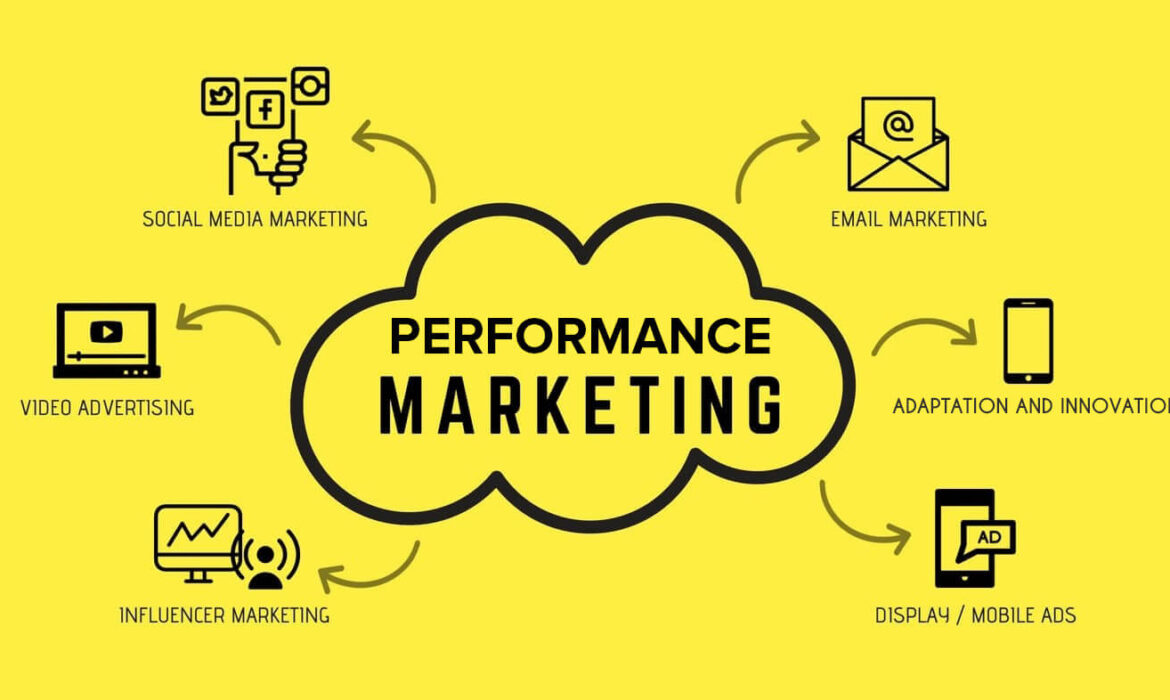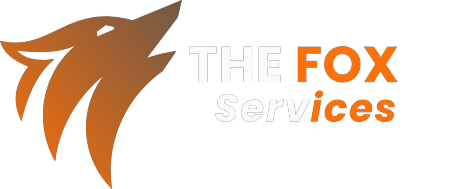Performance marketing is a digital marketing strategy where advertisers only pay for specific actions, such as clicks, conversions, or sales. This approach ensures businesses get measurable results and maximize their marketing budget.
Key Components of Performance Marketing:
- Cost-Per-Click (CPC): Advertisers pay for every click on their ads.
- Cost-Per-Lead (CPL): Advertisers pay when a potential customer submits their details.
- Cost-Per-Acquisition (CPA): Advertisers pay when a sale or a specific action is completed.
- Return on Ad Spend (ROAS): A metric to evaluate the profitability of your campaigns.

Why Choose Performance Marketing?
Performance marketing offers several advantages for businesses of all sizes:
- Cost-Effectiveness – You only pay for actual results, ensuring a high return on investment (ROI).
- Scalability – Start small and scale up as you see positive results.
- Measurability – Track every campaign’s success with real-time analytics.
- Targeted Approach – Reach highly specific audiences based on demographics, behavior, and interests.
- Multi-Channel Strategy – Utilize different platforms like Google Ads, Meta Ads, and TikTok Ads for better reach.
Best Performance Marketing Channels
1. Pay-Per-Click (PPC) Advertising
Google Ads and Bing Ads allow businesses to bid on keywords and drive traffic through search ads. By using keyword research and ad optimization, you can increase conversions while keeping costs low.
2. Social Media Advertising
Platforms like Facebook, Instagram, TikTok, and LinkedIn provide paid advertising opportunities that allow businesses to target specific audiences based on interests, behaviors, and demographics.
3. Affiliate Marketing
Work with influencers or publishers who promote your products and earn a commission for each sale. This helps you reach new audiences with minimal upfront costs.
4. Email Marketing
Running performance-based email campaigns through platforms like Klaviyo and Mailchimp can generate conversions at a low cost.
5. Retargeting & Remarketing
Utilize platforms like Google Display Network and Facebook Pixel to re-engage users who have previously interacted with your website but did not convert.
How to Optimize Performance Marketing Campaigns
- Set Clear Goals – Define key performance indicators (KPIs) such as sales, leads, or website traffic.
- Use Data & Analytics – Leverage tools like Google Analytics, Facebook Ads Manager, and third-party analytics tools to track performance.
- A/B Testing – Test different ad creatives, headlines, and call-to-actions (CTAs) to improve conversion rates.
- Optimize Landing Pages – Ensure your landing pages are fast, mobile-friendly, and conversion-focused.
- Leverage AI & Automation – Use machine learning tools for bid management and audience targeting to improve efficiency.
Common Mistakes to Avoid in Performance Marketing
- Not Defining a Budget – Overspending without tracking ROI can drain resources.
- Ignoring Audience Targeting – Poor audience segmentation can lead to wasted ad spend.
- Neglecting Mobile Optimization – Most users browse on mobile; ensure ads and landing pages are mobile-friendly.
- Failing to Analyze Data – Regular performance reviews are necessary to optimize campaigns.
Final Thoughts
Performance marketing is a game-changer for businesses looking to scale their online presence effectively. By leveraging PPC, social media ads, affiliate marketing, and other digital channels, you can drive measurable growth and maximize your ROI.
If you’re looking for expert guidance in setting up high-converting performance marketing campaigns, contact us today and let’s grow your business together!







